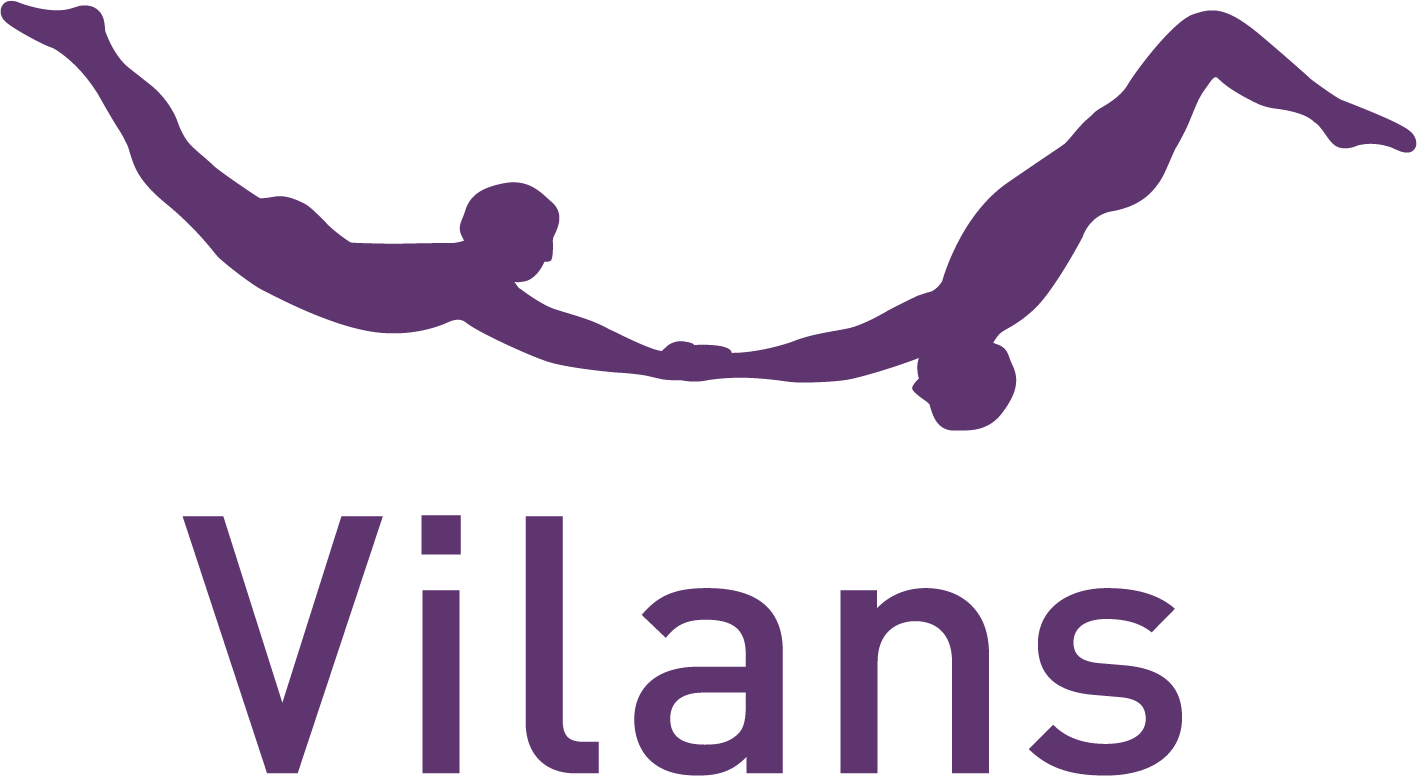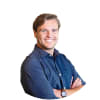The Inclusion Framework: Being Unique and Feeling Connected
Published on: 15-11-2024
In a powerful display of collaboration, young professionals from Vilans, ZonMw, VWS, and KWF gathered for a mini symposium in The Hague titled Diversity and Inclusion. Thirteen Vilans employees traveled to ZonMw’s new office in The Hague to participate in an afternoon focused on fostering inclusion and diversity within their organizations.
The event began with interactive introductions, where participants could learn about the other organizations by means of a small quiz. For example, the concept of "free space" at Vilans appeared to be a hard question to answer for participants of the other organizations, even as the question about the meaning of Vilans (Vitality and Balance).
A keynote lecture by Prof. dr. Kusurkar, Professor of Inclusion and Motivation at VU Amsterdam, formed the centerpiece of the symposium. Drawing from her own personal journey, Prof. Kursurkar shared how her life experience deepened her commitment to diversity, equity and Inclusion.
Inclusion arises when people can both maintain their individuality and feel part of the group. As a result, everyone is valued for his or her unique qualities, and there is a sense of togetherness.
Prof.dr. Kursurkar
A core takeaway from Prof. Kusurkar’s lecture was the Inclusion Framework, emphasizing the delicate balance between belongingness and uniqueness. The Inclusion Framework, which is often used in educational and organizational settings, illustrates four levels of inclusivity based on belongingness and uniqueness (see visual above):
- Inclusion: Individuals are treated as insiders and are encouraged to retain their unique characteristics. This is the ideal state, where people feel valued both as members of the group and as unique individuals.
- Assimilation: Individuals are treated as insiders only when they conform to the majority group behaviors, sacrificing uniqueness for a sense of belonging.
- Differentiation: Here, uniqueness is valued, but individuals are still seen as outsiders, which limits their sense of belonging.
- Exclusion: Individuals are treated as outsiders, with neither their uniqueness nor their belongingness recognized, leading to a complete lack of inclusion.
This framework underscored Prof. Kusurkar’s message on the importance of fostering environments where both individuality and group identity are supported, motivating people to bring out their best in inclusive workplaces.
I really enjoyed attending this mini symposium together with colleagues and I also liked the lecture from Prof. dr. Kursurkar which gave me some more substantive background in terms of scientific substantiation.
Luc Brassé
Three Cases on Diversity and Inclusion
In the symposium’s interactive segment, participants in three case studies related to diversity and inclusion.
One case study with a role-play, developed by the Vilans Diversity & Inclusion team, presented a hypothetical scenario inspired by research findings on foreign healthcare workers' integration challenges in Dutch care organizations. This case focused specifically on Portuguese healthcare workers facing Integrational challenges while working within the Netherlands’ care organizations. Through role-play and discussion, participants explored strategies to create more inclusive environments that could help these workers overcome cultural and language barriers and other integration challenges.
Speaker Prof. dr. Rashmi Kusurkar shared inspiring personal journey and practical framework about how she has incorporated this theme into medical education, which also prompted us to think about how you can incorporate this more into your own work and research. In addition, working in various groups was a lot of fun – so you heard different perspectives, and you could learn from each other about the application of this subject.
Rachelle Rinzema
The role play and meeting the other young organizations was also worthwhile; It's nice to exchange and hear from other organizations what they do in this area and what we can learn from.
Luc Brassé
The day concluded with informal networking, where participants made new connections and discussed potential collaborations. This successful event demonstrated the impactful work of the “Young Clubs” and emphasized the importance of joint efforts to foster diversity and inclusion across Dutch care organizations.
I think the symposium with other 'young' knowledge institutes was a success! You hear about diversity and inclusion more and more often, but it was informative to get concrete examples and practical tips to apply it more yourself.
Rachelle Rinzema
I still missed a bit of depth in terms of discussions and topics of the keynote. As far as I'm concerned, the place where 'it rubs' could be looked up more. It was said that there was no black or white, and above all a lot of gray area. I therefore expected some nice or interesting discussion points from this gray area. All in all, an interesting meeting, but we are far from finished talking!
Luc Brassé









